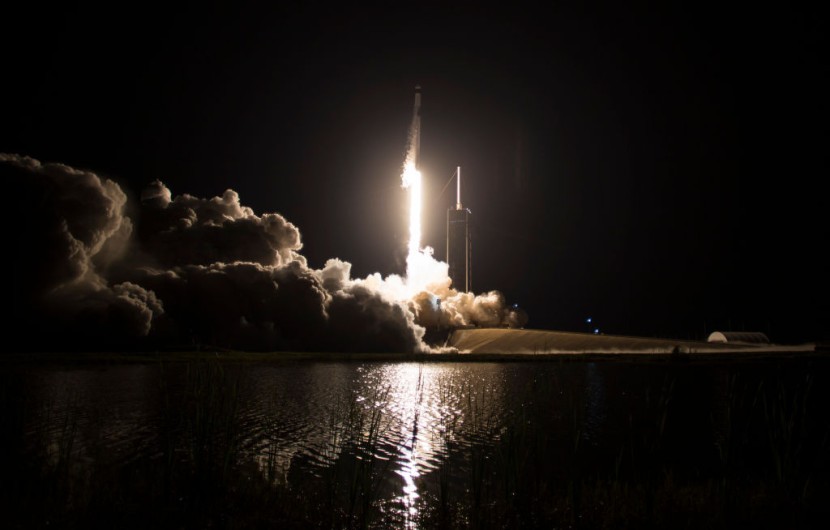Hackers successfully hijacked a government-owned satellite during a controlled experiment by the European Space Agency (ESA) amid growing concerns over cyber warfare threats.
The experiment seeks to test the vulnerabilities of satellites in orbit, which should tell how long it takes before hackers successfully take control of the spacecraft.

Hackers Hijacks Gov't-Owned Satellite During a Test
According to Gizmodo, the space agency assured that the experiment occurred in a controlled environment. And as such, it carries no risk to operational satellites or networks. So the test did not disrupt any activities on Earth despite the successful hijacking.
But despite that, the latest experiment shows the crucial vulnerability of satellite systems in orbit to various cyberattacks.
The ESA announced that the satellite hacking test is part of the ongoing CYSAT conference of the space agency. The hijacking incident is part of the CYSAT Hack challenge, which lets hackers take over an OPS-SAT nanosatellite.
The experiment had an alarming result, wherein hackers successfully took complete control of the nanosatellite. To be more precise, the cyber hijackers gained access to its control systems, including its imaging, communication, and maneuverability. They took over the altitude control and global positioning system. Above and beyond that, they also penetrated its onboard camera, as per BGR.
In other words, hackers completely controlled the satellite during the test.
Although the hackers successfully hijacked the satellite, ESA notes in its press release that they did not attempt to control it. Instead, the space agency assured everyone they maintained their command of the spacecraft, preventing it from going off its course.
ESA disclosed that the hackers utilized malicious code to exploit the vulnerabilities of the spacecraft. And from there, they gained the necessary access to gain full control.
It is worth noting that the hackers successfully hid any signs that they hijacked the system. With that, the researchers even modified some of the photos of the onboard camera before sending them to our home planet.
Pierre-Yves Jolivet, the Vice President of Cyber Solutions at Thales, highlights that the recent experiment shows us the potential security flaw of satellites currently in orbit. The takeaways from this controlled test should help secure nanosatellites along the way.
Cyber Warfare Threat Concerns
The ESA experiment comes amid the frightening concerns surrounding cyberwarfare.
Bloomberg previously reported that following the invasion of Russia over Ukraine, several internet satellites started being janky. The malfunction affected the internet services of thousands of users from various parts of North Africa and Europe. Although the problem hit users in the UK and Germany, it primarily affected folks in Ukraine.
Some experts blame hackers from Russia for the internet satellite fiasco, which interestingly affected internet connection in Ukraine, not to mention other countries in Europe.
© 2025 HNGN, All rights reserved. Do not reproduce without permission.








